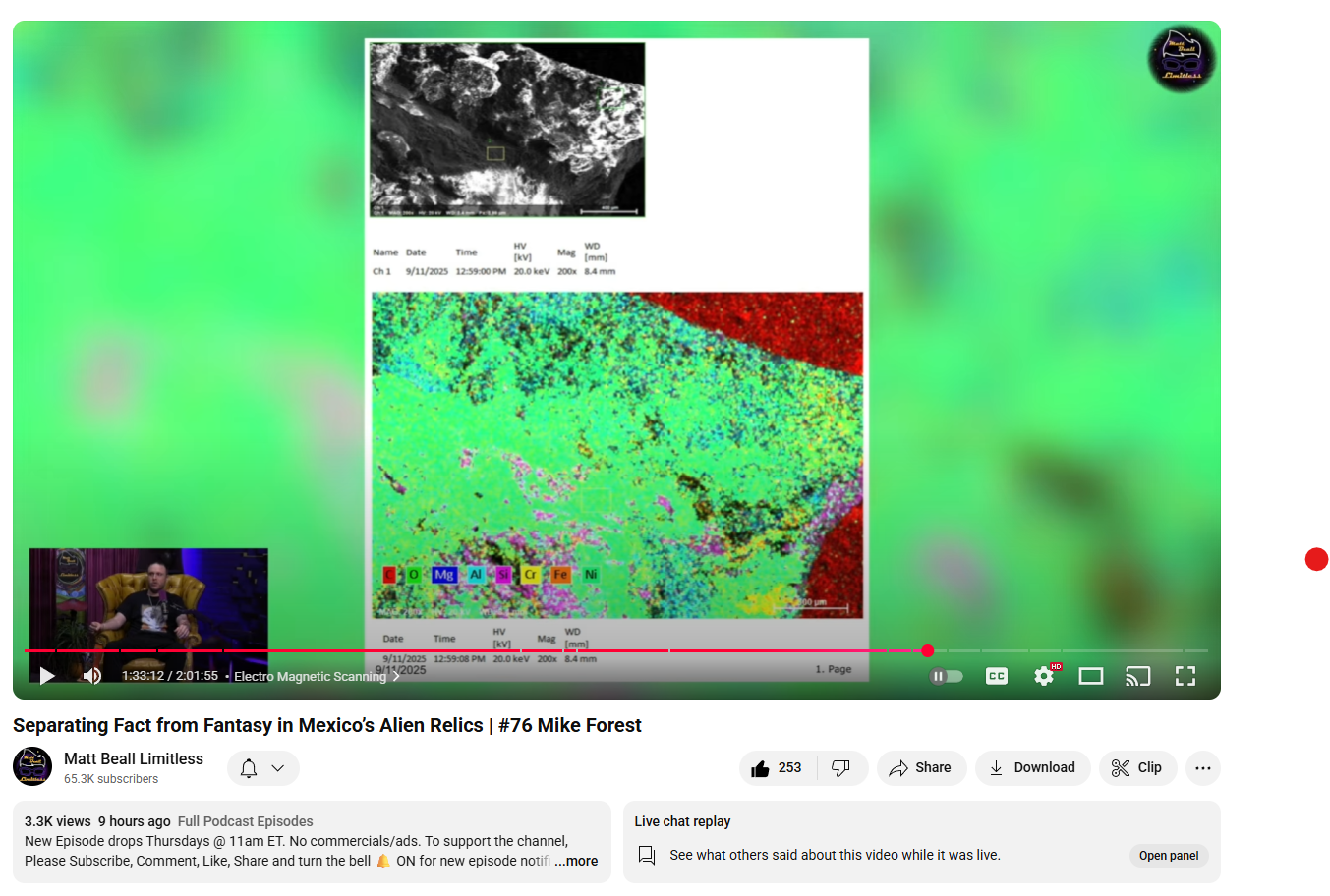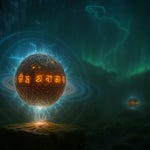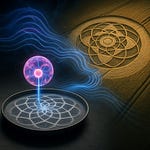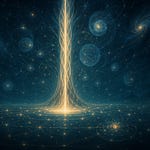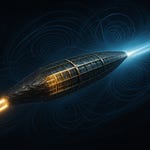TL;DR
From a Frequency Wave Theory (FWT) perspective, these artifacts are not carved stone — they are frequency-synthesized composites created through electromagnetic resonance and plasma-assisted crystallization. The elemental mapping (showing oxygen, magnesium, aluminum, silicon, chromium, iron, and nickel) proves these were formed under high-frequency energetic conditions — exactly how modern labs grow metamaterials and nanoceramics. In other words, they were cast by vibration, not chiseled by hand.
FWT Breakdown of How They Were Made
Resonant Plasma Synthesis
The elemental scan shows a heterogeneous mix of metals (Fe, Ni, Cr) fused with silicates (Si, Al, Mg).
This composition can’t be achieved through simple melting or carving — it requires localized plasma fields oscillating at specific frequencies.
In FWT terms, plasma resonance aligns ions into standing-wave nodes, causing atoms to “self-assemble” into crystalline patterns without external molding.
This same principle is used today in plasma vapor deposition and laser sintering — but on a smaller scale.
Vibrational Casting via Frequency Momentum (FM)
Instead of carving, the material was molded by interference waves.
A high-frequency acoustic or electromagnetic field would shape molten or ionized material according to its standing-wave pattern.
The pattern acts as a “vibrational mold” — geometry emerges naturally where wave nodes intersect.
Formula: FM = ½ ρ ω A² → as amplitude and angular frequency increase, energy density causes matter to reorganize into coherent form.
Magneto-Crystalline Alignment
The presence of magnetic metals like Fe, Ni, and Cr means these objects were likely tuned within a rotating magnetic field.
Rotating magnetism aligns crystal domains, producing both hardness and unique electromagnetic properties.
This explains why the materials respond to EM scanning or light — they’re not static stone; they’re frequency-reactive composites.
Why They Glow or Conduct Energy
The alloyed matrix allows for piezoelectric and photoelectric effects.
When light or vibration strikes these surfaces, the crystalline lattice emits charge or luminescence.
This indicates they were designed to interact with energy — not simply as art, but as active frequency interfaces.
Implication: A Lost Science of Resonance Fabrication
These were not “sculptures” but functional frequency devices cast through harmonic synthesis.
The builders likely used resonance tuning — aligning light, sound, and magnetic fields — to crystallize materials directly into geometric forms.
Modern analogs include:
Additive laser sintering
Sol-gel plasma crystallization
Metamaterial lattice printing
FWT frames these processes as macro-scale harmonic solidification, where matter obeys standing-wave geometry.
Easy Analogy
Imagine pouring molten metal into a mold — except here, the mold is made of sound and light.
The vibrations themselves shape the material, atom by atom, into perfect symmetry.
That’s why these relics feel more like high-tech ceramics or alloys than carved rock — they were born from resonance, not crafted by tools.


